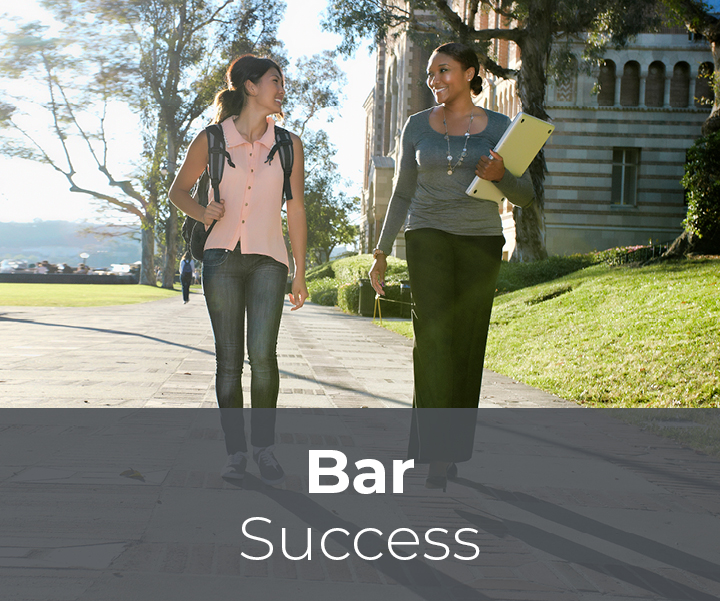
Law School Admissions
A Systemic Analysis of Affirmative Action in American Law Schools
Abstract
"For the past thirty-five years, American higher education has been engaged in a massive social experiment: to determine whether the use of racial preferences in college and graduate school admissions could speed the process of fully integrating American society. Since Bakke,1 universities have often tended to justify affirmative action for its contributions to diverse classrooms and campuses. But the overriding justification for affirmative action has always been its impact on minorities. Few of us would enthusiastically support preferential admission policies if we did not believe they played a powerful, irreplaceable role in giving nonwhites in America access to higher education, entrée to the national elite, and a chance of correcting historic underrepresentations in the leading professions.
Yet over the years of this extraordinary, controversial effort, there has never been a comprehensive attempt to assess the relative costs and benefits of racial preferences in any field of higher education. . . . What would have happened to minorities receiving racial preferences had the preferences not existed? How much do the preferences affect what schools students attend, how much they learn, and what types of jobs and opportunities they have when they graduate? Under what circumstances are preferential policies most likely to help, or harm, their intended beneficiaries? And how do these preferences play out across the entire spectrum of education, from the most elite institutions to the local night schools?
The purpose of this Article is to pursue these questions within a single realm of the academy: legal education in the United States. Several remarkable data sets on law schools and the early careers of young lawyers have recently emerged. Together, they make it possible to observe and measure the actual workings of affirmative action to an unprecedented degree. Here we begin the application of that data to the question of how much affirmative action across American law schools helps and hurts blacks seeking to become lawyers. The results in this Article are not intended to be definitive; they are intended to take us several steps in a new direction." (pp. 368-69)




